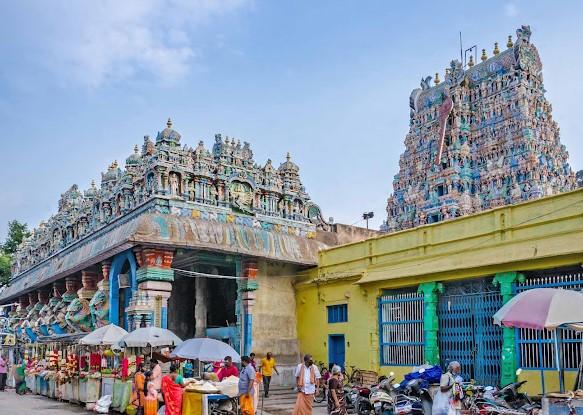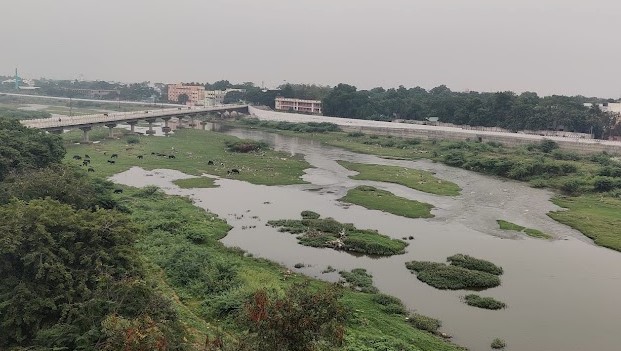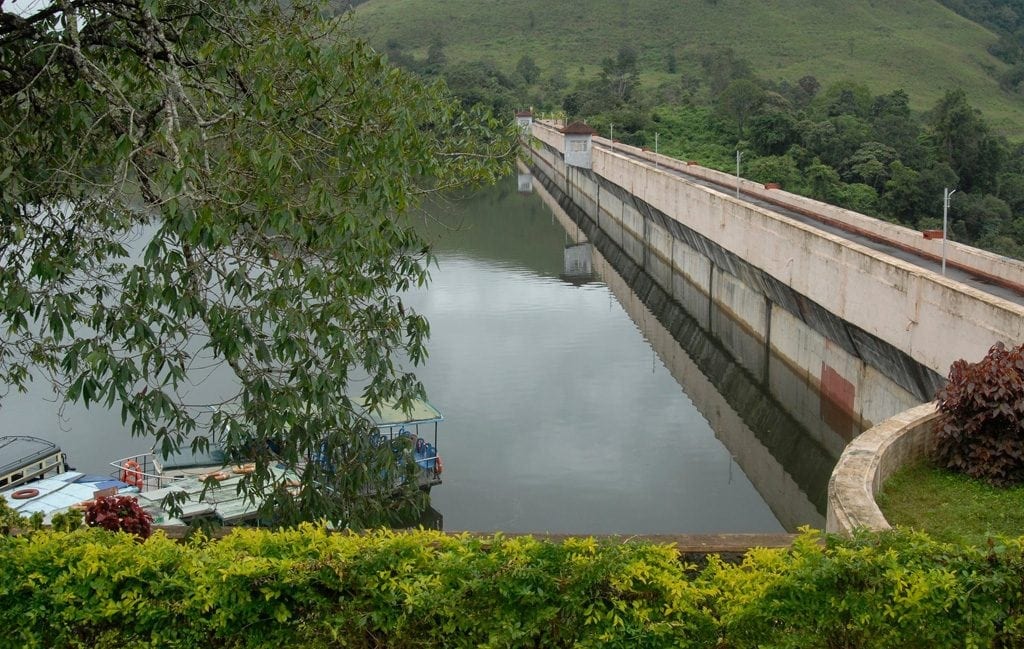This temple is the 217th Thevara Paadal Petra Shiva Sthalam and the 3rd Sthalam of Pandya Nadu. It is also one of the six abodes of Lord Murugan, where he is said to have slain the Asuras. According to the Periya Puranam written by Sekkizhar, after worshiping Sri Meenakshi Sundareswarar at Thiru Alavai (Madurai), Thirugnanasambandar visited Thiruparankundram along with the Pandya King and his queen. Thirugnanasambandar and Sundarar, two of the great Tamil saints, composed hymns in praise of Lord Shiva of this temple.
PURANIC SIGNIFICANCE:
According to Periya Puranam, after worshiping Sri Meenakshi Sundareswarar at Thiru Alavai (Madurai), Thirugnanasambandar visited Thiruparankundram along with the Pandya King and his queen. Both Thirugnanasambandar and Sundarar, two great Tamil saints, composed hymns in praise of Lord Shiva of this temple.
History of the Temple:
This rock-cut temple is believed to have been built by the Pandyas in the 6th century CE. Originally called Parankundram, the temple was initially located at the rear of the present-day structure. Over time, the temple suffered damage, and the shrines were shifted to the front, facing north. This "turning" of the temple gave rise to the name Tirumbiya Parankundram, which later became known as Tiruparankundram.
Murugan's Arupadai Veedu:
The temple is also home to a shrine dedicated to Lord Murugan (Subrahmanya), which is one of the six Arupadai Veedu (six abodes) of Lord Murugan, representing his military camps in Tamil Nadu. This shrine is part of the main temple complex and is not a separate temple. It is significant because it is the site where Lord Murugan married Deivanai (daughter of Lord Indra), making it a central location in Murugan's mythology. The shrine is located within the main sanctum sanctorum (Grabhagriham) of the temple, alongside the worship of Lord Shiva.
Historical Significance:
Nakkeran, son of Parasaran, along with King Sibi and Brahma, are said to have worshipped Lord Shiva at this temple.
Ma Parvati, in the form of Mahishasuramardini, took nine forms and fought the demon Mahishasura for nine days before slaying him. For this act, she incurred Brahmahathi Dosha (a sin associated with the killing of a demon). To rid herself of this dosha, Lord Shiva advised her to worship him at Thiruparankundram. Upon doing so, Ma Parvati was freed from the dosha.
The temple itself was constructed during the 6th to 7th century by the Pandya kings as a rock-cut cave temple (known as Kudavarai Koil). Later, during the Nayak period (1559 to 1736 AD), the front mandapas and the Rajagopuram (tower) were added, with the front mandapam featuring 48 sculptured pillars.
There are also 11 inscriptions found in the temple, highlighting its historical and cultural significance:
- One inscription records that during the Muslim rule in Madurai, Divan Rajagopala Rayar and Vayiravi Muthu Karuppan Kumaran Chetty fought against the destruction of temples by Europeans and died after falling from the Rajagopuram. Land was later gifted to his family in recognition of his sacrifice.
- An inscription from the Sundara Pandyan period mentions that the village Ampandiyapuram (also known as Pulikundram) on the east side of Veeranaraya Kulam was donated to the temple.
- An 1843 CE inscription mentions that Mangammal of the Veerasimha Naidu lineage gifted land or money (the specifics are unclear) to the temple.
The temple is also known as Sundra Pandeeswaramudayar, as per the inscriptions, in reference to Lord Shiva. A Maha Kumbhabhishekam (grand consecration) was performed in June 2000 to mark a significant renovation.
The temple’s hill is referred to as Param Kundra Nathar (the supreme lord of the hill), and the place is called Parankundram (where Kundram means hill in Tamil). The temple is revered not only for its religious significance but also for its architectural beauty, blending rock-cut and later period structures, and for its connection to the divine acts of both Lord Shiva and Ma Parvati.
ADMINISTRATION:
The administration of Thiruparankundram Temple is typically managed by the Hindu Religious and Charitable Endowments Department (HR&CE) of the Tamil Nadu government. This department is responsible for overseeing the administration, maintenance, and management of temples across the state, including Thiruparankundram.


